Two ways to test the international waters
May 3, 2013 Leave a Comment
As the eCommerce market matures, more and more leading brands are selling online internationally. According to technology researcher Forrester, 75% of merchants said international eCommerce was somewhat or very important to their companies, and for good reason: while Forrester estimates that U.S. eCommerce growth will average 9% from 2012 to 2017, Europe’s growth is forecast to average 11% — and in emerging markets such as China and India, the number soars above 20%. Online commerce revenues in China alone are set to top $200 billion, Forrester predicts — more than all of Europe’s countries combined.
But the path to international revenues is strewn with significant hurdles, from site experience basics such as translating copy and converting currency to logistical hurdles such as shipping restrictions and import duties, to subtler issues of understanding local markets and cultures. It’s not surprising, then, that fewer than 10% of merchants that made Internet Retailer’s Top 500 list of the largest online brands offer sites in multiple languages — and only 2.2% of those on the Second 500 list of small- to mid-sized merchants do so.
But the challenges shouldn’t dissuade merchants from sizing up global opportunities and finding ways to serve brand enthusiasts wherever they reside. There are plenty of ways to glean whether brands are attracting international interest, from analytics data to customer service inquiries to social media interactions. And then, once target audiences have been identified, merchants have options other than establishing full-bore international eCommerce sites. Two ways to establish an experimental presence beyond the border:
Sell on local marketplaces. Merchants can take advantage of Amazon and eBay’s extensive regional marketplaces to establish a foothold, even using their fulfillment services to help negotiate international shipping and tariff hurdles. And as Jordan Weinstein of ChannelAdvisor noted in his MarketLive Summit presentation, in the Asia Pacific region, country-specific marketplaces are leading eCommerce hubs that can connect merchants with new audiences.
Even merchants who go on to invest more significantly in overseas markets can piggyback off marketplace services, as Perricone MD does in Japan. The beauty manufacturer has launched a Japanese Web site that includes information about the brand, customer testimonials, and product information; the “buy” buttons take shoppers to Amazon’s Japanese marketplace to complete their orders, which are fulfilled by Amazon.
![]()
![]()
Ship internationally from your U.S. eCommerce site. Before launching a new country-specific Web site or considering whether to open foreign fulfillment centers, merchants can iron out other logistics of international trade by shipping internationally from the U.S. This option is already popular with merchants of all sizes; nearly 60% of merchants in the Internet Retailer Top 500 and more than 45% of merchants in the Second 500 already offer some form of international shipping. Among the Top 500 merchants, Canada is by far the most popular international option offered, with the U.K. and other European destinations, Japan and Hong Kong, Australia and New Zealand rounding out the top 20.
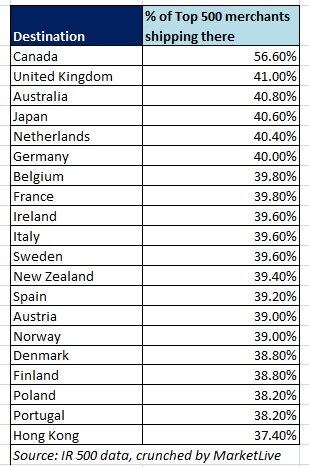
Usage of international-logistics vendors such as BorderFree has grown more than 50% from 2010 to 2012, according to Forrester; such services can help ease the transition into international operations, and are well worth considering. However they do it, merchants incorporating international shipping should test and re-test checkout flow to streamline as much as possible for both domestic and international audiences. Among the best practices:
-
Promote the availability of international shipping. Merchants should let shoppers know throughout the shopping experience that they service countries outside the U.S., as Toys R Us does with its global banner that highlights free domestic shipping options as well as international delivery.

- Offer multiple paths to setting the country. At a minimum, let shoppers set their shipping destination from within the cart as well as in checkout — and integrate international destinations into estimated tax and shipping calculators so shoppers can derive the total order cost up front, regardless of their location, as ThinkGeek does on its shopping cart page.

Merchants should also explore allowing shoppers to set their destination earlier on the path to purchase with global elements or promotions that invite interaction. Cooking.com features a flag in its global header that gives shoppers access to the list of shipping destinations. Shoppers selecting a country other than the U.S. see prices in their local currency and automatically see shipping prices factored into the total price in checkout.

- Provide plenty of customer service backup. Merchants should proactively address international shippers’ questions about topics specific to overseas delivery, such as how taxes and duties are applied and how returns can be processed, in addition to common concerns such as delivery speed and costs. Saks Fifth Avenue provides extensive international shipping information, including a FAQ and country-by-country delivery timeframes.
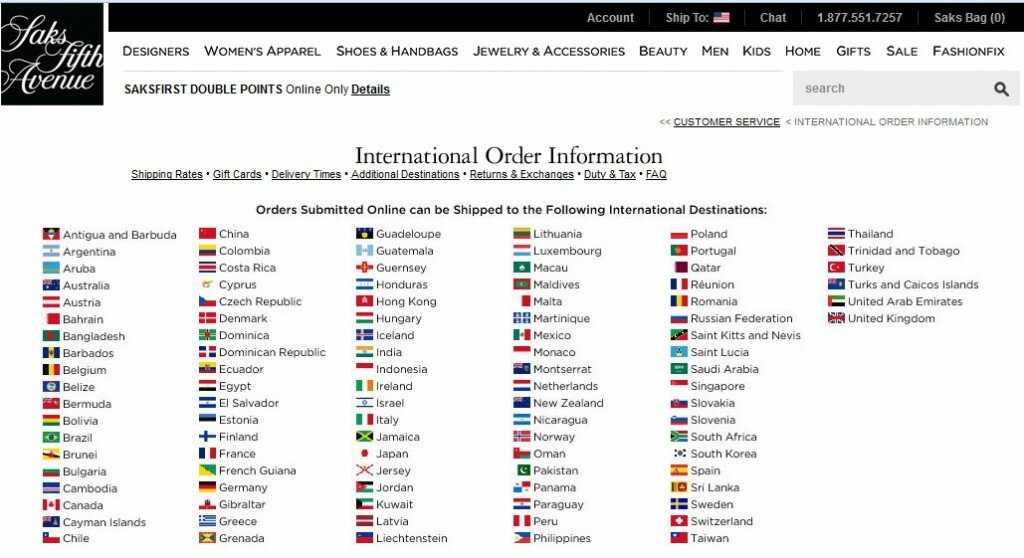
Are you selling internationally, and if so, by what method?



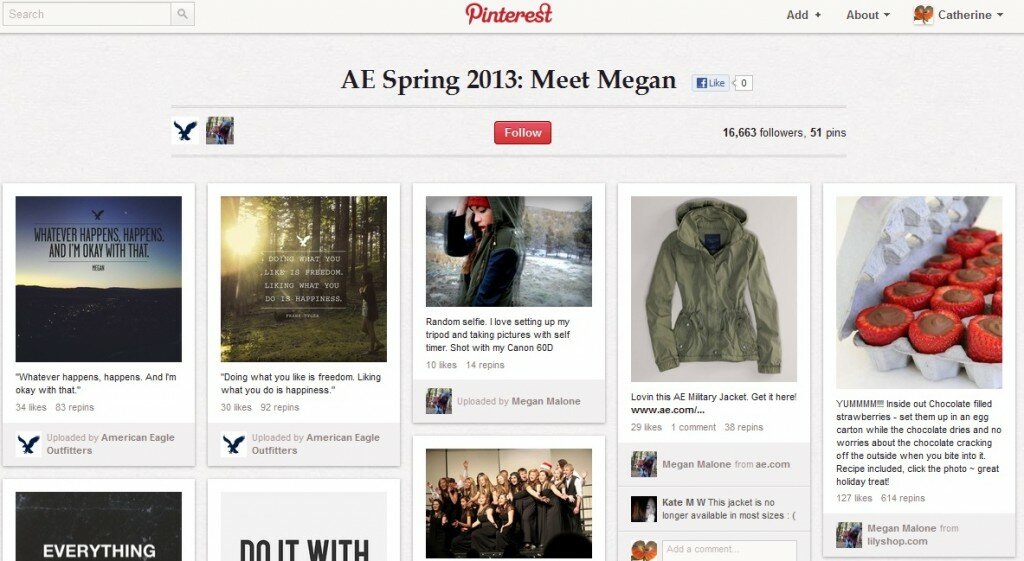




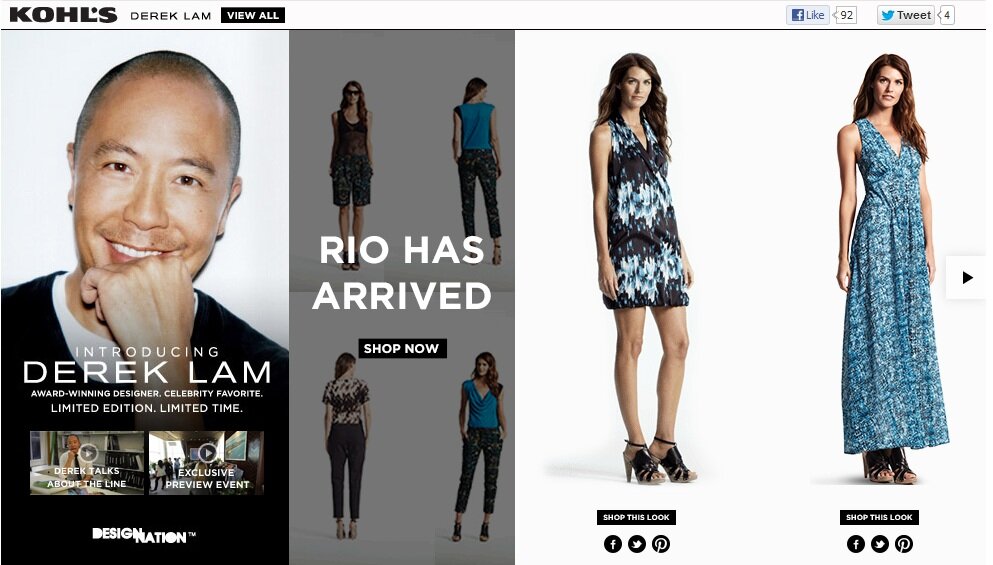






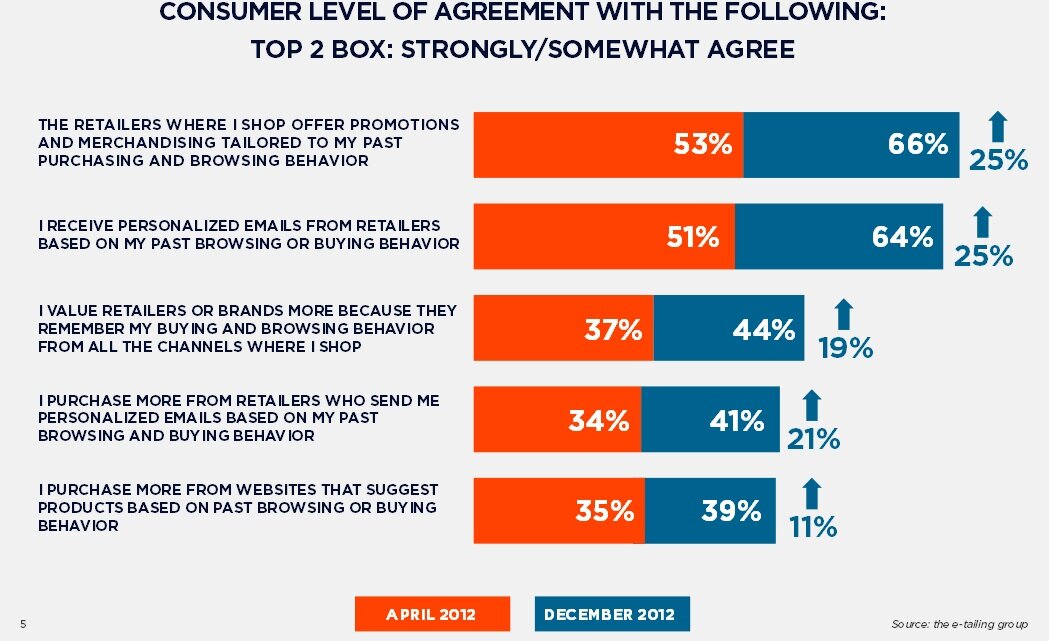









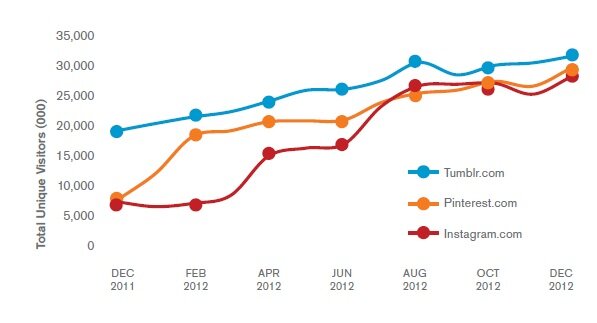












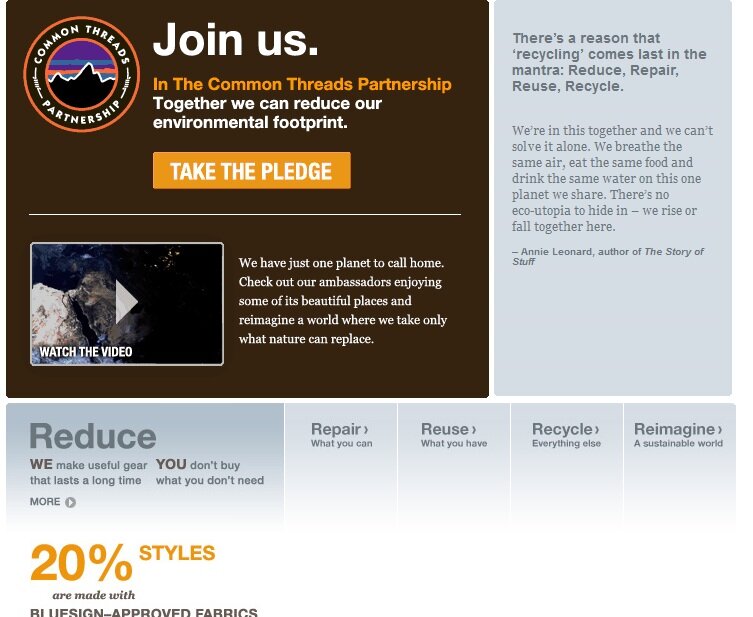

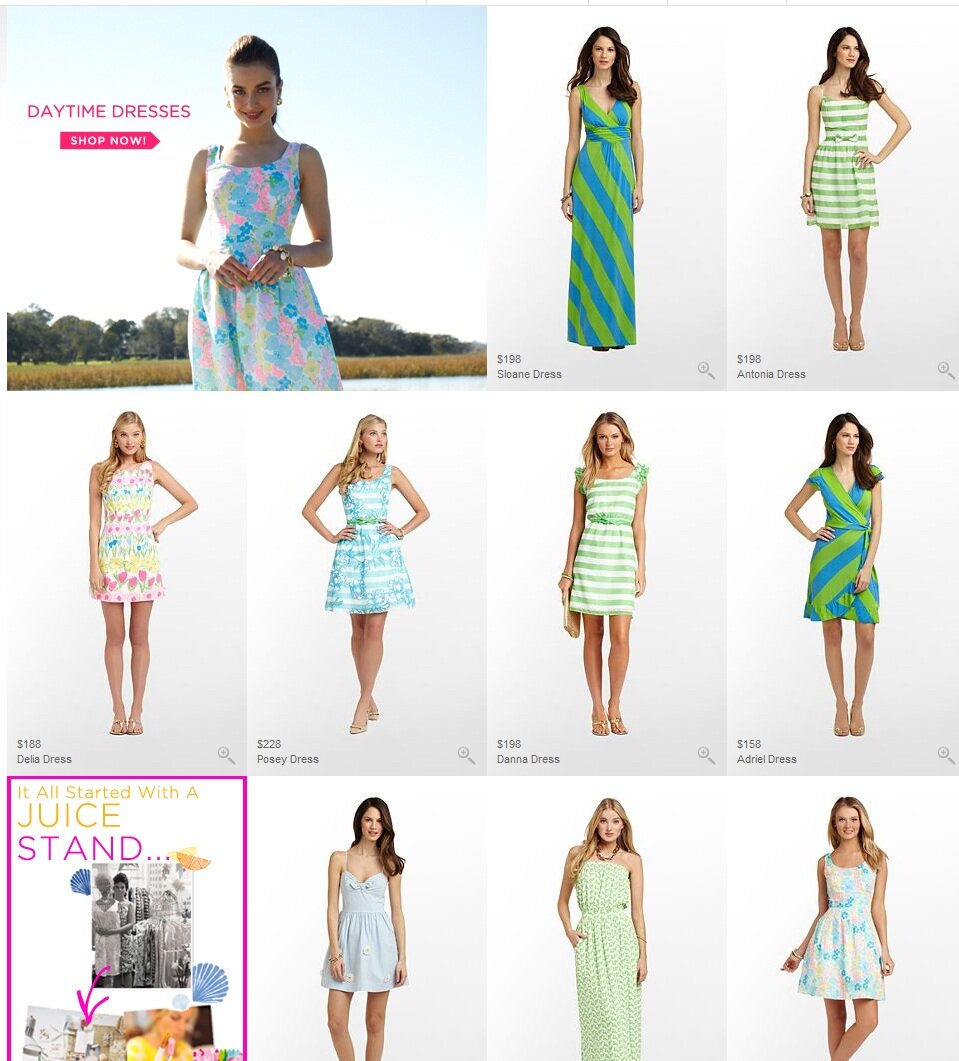
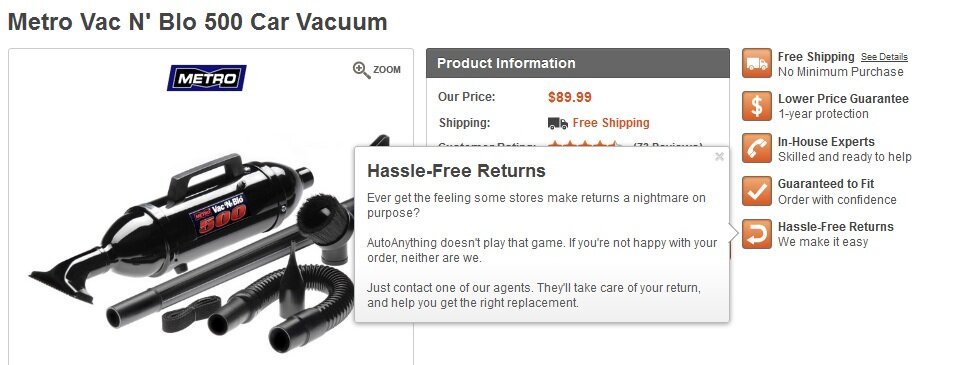



Connect with us: